Recommended flower varieties for autumn planting
The beginning of autumn has passed, it's time to plant new things, and autumn-sown flowers are a good choice. Autumn-sown flowers are sown in autumn, the seedlings overwinter, and bloom and bear fruit in the spring and summer of the following year. Whether you are a novice or an old hand, you must try these beautiful little princesses in the plant world below!
Recommended products: snapdragon
Snapdragon, also known as dragon head flower, is native to the Mediterranean region. Currently, the varieties sold in the market are hybrid cultivars. The natural flowering period is from summer to autumn. It takes 21-22 weeks from sowing to flowering. Sowing requires that the area south of the Yangtze River should be sown in September and October. The sowing soil should be a mixed matrix of leaf humus, culture soil and fine sand. It likes light and is broadcast. It is not covered after sowing. The suitable temperature for germination is 21 ℃, and it will germinate one week after sowing. The suitable temperature for seedling management during the seedling stage is 10℃ - 16℃. After 6 weeks, plant it in a 250px pot. The potting soil should be a mixture of fertile garden soil, peat soil and sand. Fertilize once every half month during the growing season.
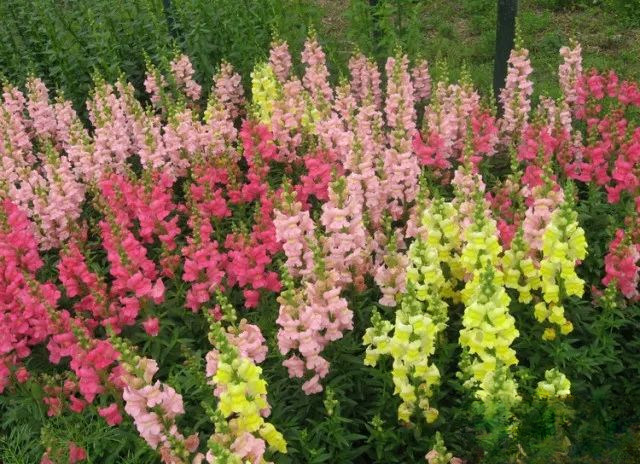
Featured product recommendation: Lupine
Lupin is relatively cold-resistant (above -5℃), prefers cool climate and sunny places, avoids heat, tolerates shade slightly, requires fertile, well-drained sandy soil, has a well-developed taproot, few fibrous roots, and is not tolerant to transplanting. It has a well-developed root system and is drought-resistant, and is most suitable for sandy soil. It also has a strong ability to utilize insoluble phosphorus in phosphates. It can still grow in rainy, waterlogged areas and acidic soils where other plants are difficult to grow; but calcareous soils or poor drainage often lead to poor growth. It can tolerate temperatures of 0℃, but will freeze to death when the temperature is below -4℃; the summer heat also inhibits its growth.
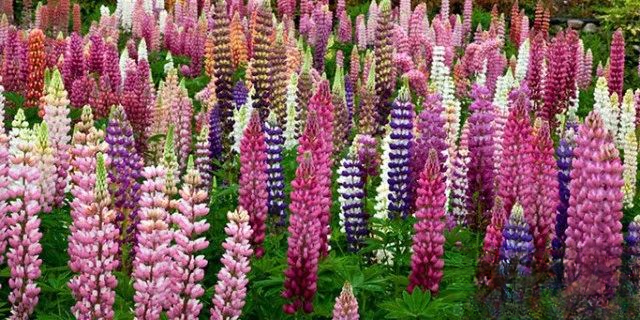
Recommended product: Purple Echinacea
Purple coneflower, also known as purple coneflower, is a perennial herbaceous plant of the Asteraceae family. It is native to North America and grows in sunny and dry places. It has a certain drought tolerance. It is also cold-resistant and heat-resistant, and grows strong and robust. It can generally be propagated by sowing. Cultivated varieties must be propagated by division, or root cuttings.
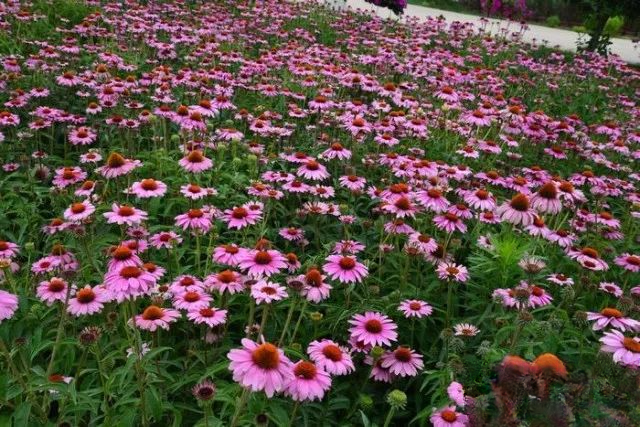
Recommended product: Blue flax
Blue flax likes a climate with sufficient sunlight, dryness and coolness. It grows well in fertile soil with smooth drainage. It is drought-resistant and poorly grown in alkaline soil. Blue flax is cold-resistant, fertilizer-tolerant, and moisture-intolerant. It likes semi-shaded, well-drained high ground. Blue flax likes a relatively dry air environment. If the rainy days are too long, the plant is susceptible to infection by pathogens. The optimal air humidity for its growth is 40% to 60%, so attention should be paid to the ventilation conditions of its growing area. Blue flax has strong adaptability, grows rapidly, has a long flowering period, a large number of flowers, and is easy to cultivate and manage. As a garden greening flower plant, it can be widely used in open areas such as scenic spots, suburban recreation areas, forest parks, and large garden areas such as roadsides, forest edges, streams, and hillsides.
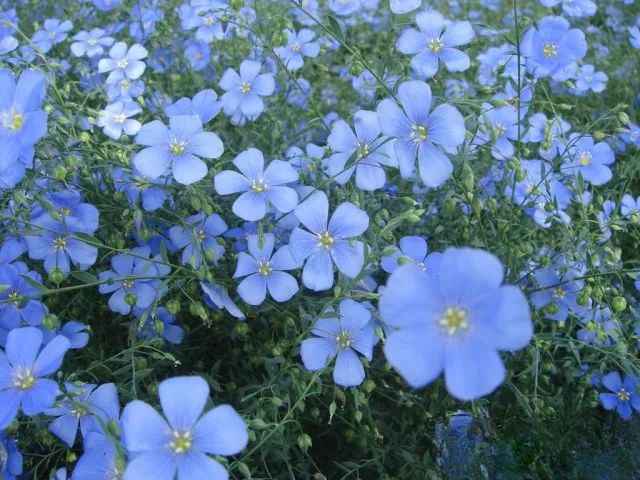
Recommended products: Foxglove
The whole plant of foxglove is covered with short gray-white hairs and glandular hairs. The leaves are oval or oblong, with rosette-shaped leaves at the base and round serrations on the leaf margins. The corolla is dark purple-red with spots on the inside. The flowers are about 7.5 cm long and the colors are bright red, purple-red, white or light red. The seeds are small. First, water the seedbed thoroughly, and then sow after the water falls. Do not cover the soil and keep the seedbed moist. Seedlings will emerge in about 7-12 days. Transplant when there are 7 to 8 leaves, with a spacing of 30 to 40 cm between plants and rows. The initial growth is slow. When 4 true leaves grow, it can be potted and overwintered in a cold room. After repotting in March of the following spring, it can be planted in the open field or in a pot for viewing in April.

Recommended products: Western daisy
The Western Sea Daisy, also known as the Big Sea Daisy, is native to Europe. It likes a warm, humid and sunny environment. It is cold-resistant and semi-shady, and prefers loose, fertile and well-drained soil. In the Yangtze River Basin, the basal leaves remain evergreen in winter. It blooms profusely, with white petals and fragrance. The pedicels are upright, suitable for flower beds and flower borders, and can also be potted and used as cut flowers.
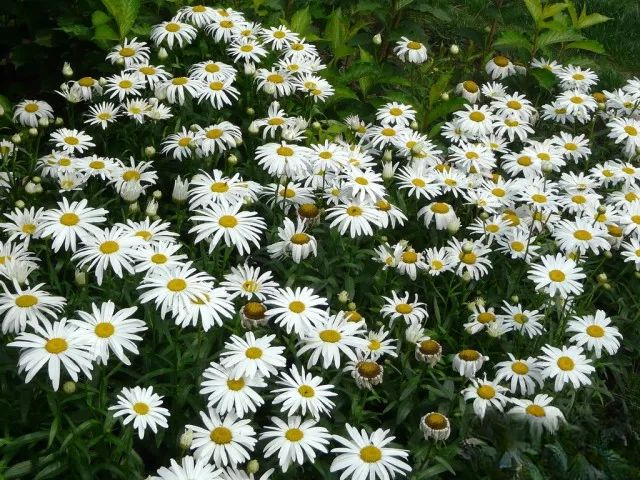
Recommended products: Coreopsis
Coreopsis is cold-resistant and drought-resistant, has no strict requirements on soil, likes light, but tolerates semi-shade, has strong adaptability, and has strong resistance to sulfur dioxide. It has dense branches and leaves, especially in winter when young leaves sprout, and is bright green. In spring and summer, the flowers are large and colorful, and they bloom constantly. It can also reproduce on its own, making it an excellent ground cover for sparse forests. You can enjoy both the leaves and the flowers. It is very effective as a covering material in roof greening, and can also be used as a flower border material.
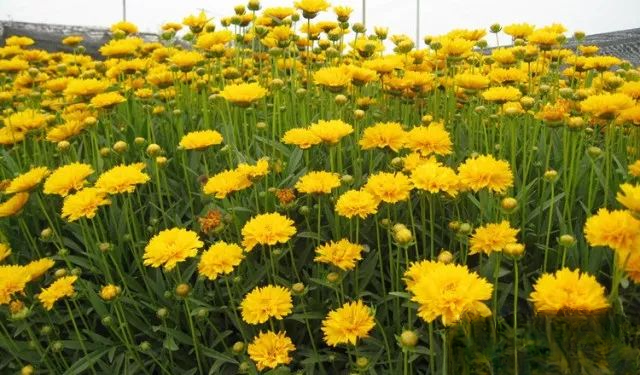
Recommended products: Dianthus
Dianthus is cold-resistant and drought-resistant, but not heat-resistant. It often grows poorly or withers in summer. When cultivating, attention should be paid to shading and cooling. It likes plenty of sunshine, dryness, ventilation, and a cool and humid climate. It requires fertile, loose, well-drained, and calcareous loam or sandy loam, avoids waterlogging, and likes fertilizer.
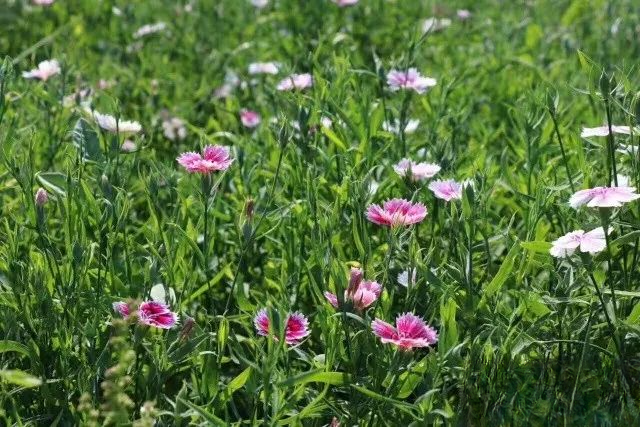
Recommended product: Blue mustard
Blue mustard is very adaptable. It thrives in full sun to light shade in moderately moist, well-drained soil. It grows best in partial shade in hot summer climates. It will remain where it is planted for many years through extensive self-seeding. It blooms profusely in the second spring and works well when paired with other flowering plants of the same period, such as oxeye daisy. Removing dead flowers and stems promptly will ensure a second season of blooming.
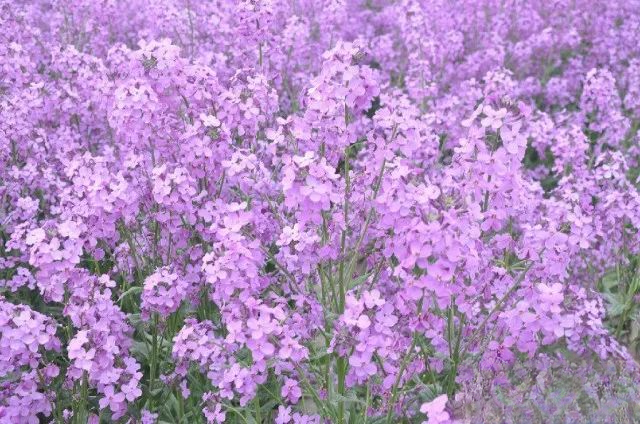
Recommended product: Sage
Perennial sage likes a warm, sunny environment. It is cold-resistant and can tolerate temperatures as low as -15°C. It has strong drought tolerance. It likes a slightly shaded and well-ventilated environment. It can grow in general soils, but prefers slightly alkaline calcareous soils with good drainage. It is drought-resistant but not waterlogged. It especially likes calcareous, sandy, and well-drained soils. It is cultivated as an annual in extremely cold areas.
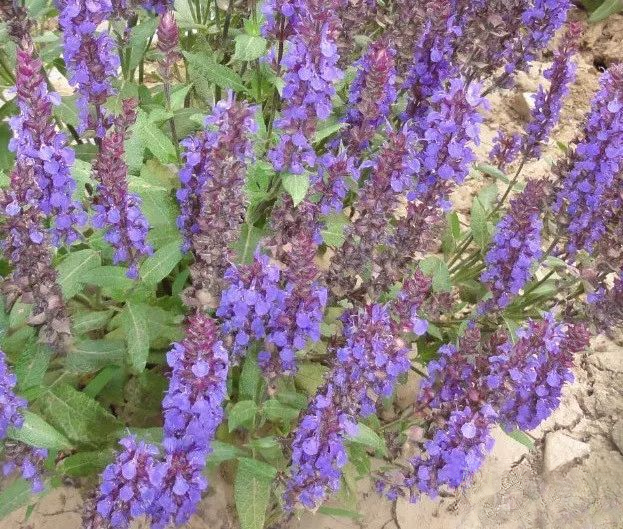
Recommended products: Verbena
Verbena has blue-purple spikes, which usually bloom in summer and autumn. Verbena likes fertilizer and can grow in general soil, but it grows strong in deep, fertile sandy loam. Low-lying and waterlogged land is not suitable for planting. Verbena likes a humid environment, but is afraid of waterlogging, so avoid water accumulation in the pot when watering. Choose loam or sandy loam with a thick soil layer as the planting site. Sow in late April to early May. Prevent weeds from being barren and make sure there are no weeds in the field. Long-term accumulation of water in the field may cause root rot, which can be avoided by timely drainage and loosening of the soil.
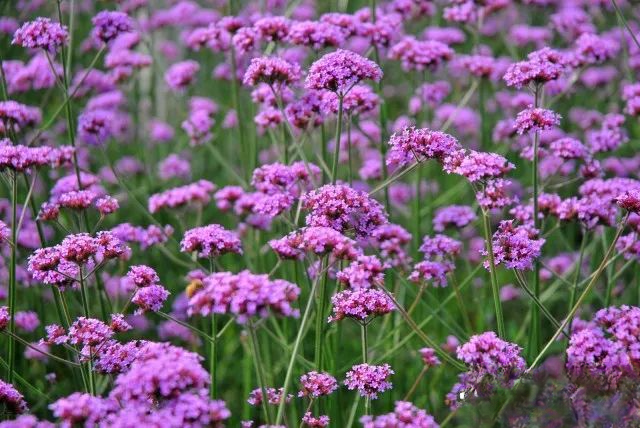
Recommended product: Torch Flower
Torch Flower likes warm, humid and sunny environment, and is also tolerant to partial shade. It requires deep, fertile and well-drained sandy loam. Apply appropriate amount of base fertilizer and phosphorus and potassium fertilizers before planting. After transplanting or dividing the seedlings, water them thoroughly 2 to 3 times, weed and weed in time, and keep the soil moist. It will resume growth after about 2 weeks.
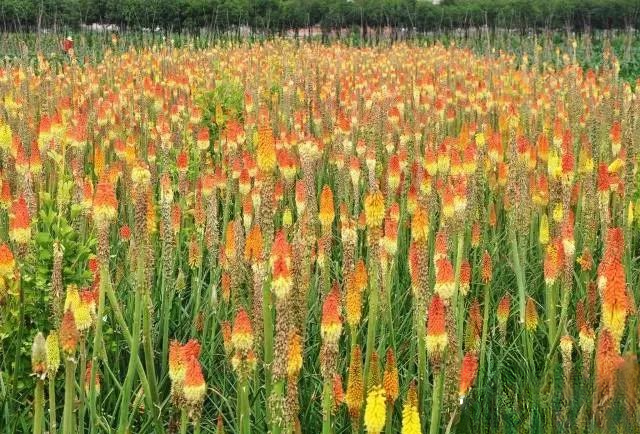
Recommended products: Mai Xian Weng
The flowers of the sagebrush are bright in color, the plant is slender, and the flowers are small and cute. It grows in wheat fields or roadside meadows and blooms in summer. It has strong adaptability, can self-seed and reproduce, and grows vigorously. It is suitable for flower beds and flower borders, and can also be potted for viewing. The whole plant can be used for medicinal purposes.
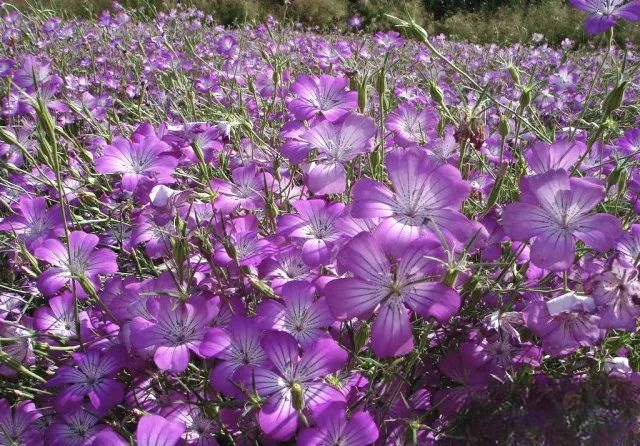
Recommended products: Gaillardia
Gaillardia prefers a hot, dry and sunny environment. It has good salt tolerance, strong wind resistance, drought tolerance, cold tolerance, and slightly poor shade tolerance. It is a very good sandy land greening, beautification, and sand fixation herb. Its flowers are delicate, colorful, long-flowering, and simple to cultivate and manage. It can be used as material for flower beds and flower clusters.
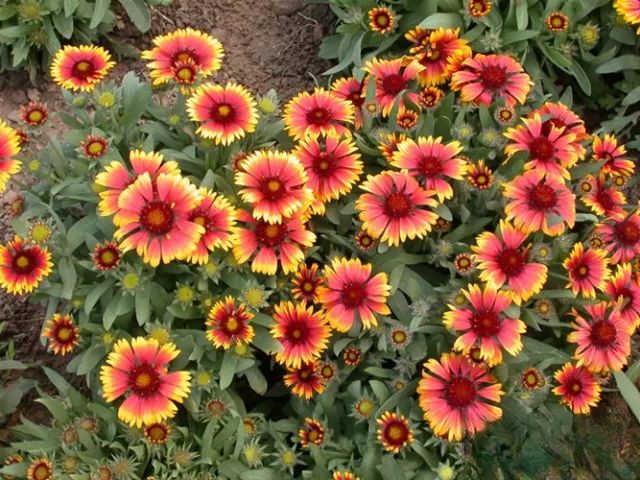
Recommended product: Lavender
Lavender has strong adaptability. Adult plants are resistant to both low and high temperatures, and can withstand temperatures of around 40°C during the harvest season. In Huanglong, Shaanxi, lavender plants can safely overwinter in the open field at -21°C; in Xinjiang, they can withstand temperatures of -37°C after being buried in the soil and covered with snow. Seedlings can withstand temperatures as low as -10°C. During the growth and development of lavender in the following year, the average temperature is around 8°C, and it takes 10 to 15 days to start sprouting; the average temperature is 12 to 15°C, and it takes 20 days for the branches of the plants to start turning green and elongating; the average temperature is 16 to 18°C, and it takes 25 to 30 days for buds to appear; the average temperature is 20 to 22°C, and they begin to bloom; the average temperature is 26 to 32°C, which is the fruiting period.
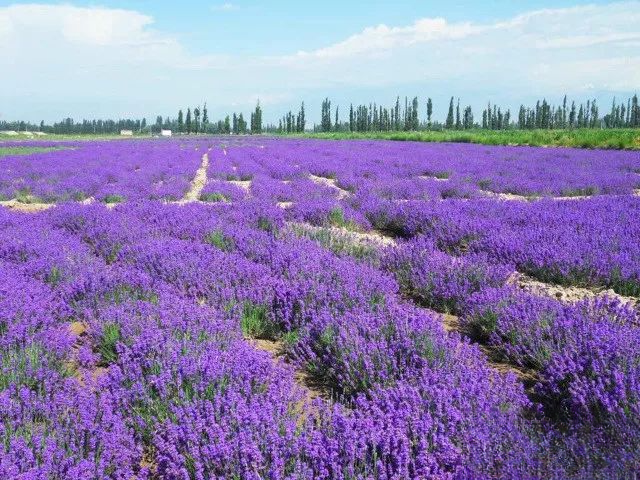
Recommended product: Icelandic poppy
Icelandic poppy is cold-resistant, afraid of summer heat. It likes a sufficient environment and is not picky about soil. It tolerates full light. It likes well-drained, fertile soil. It can only be propagated by sowing, not transplanting, and can self-sow. It can tolerate a minimum temperature of -34 degrees.

Recommended products: Snake Whip Chrysanthemum
Snake whip chrysanthemum is cold-resistant, heat-resistant, light-loving or slightly shade-tolerant. It is resistant to water and humidity during the growing season. It has relatively rough requirements for habitats and can be planted in both the north and the south. In summer and autumn, it is colorful, quiet and pleasant, giving people a sense of tranquility and comfort. It is suitable for flower beds, flower borders and garden plants. It is an excellent new material for landscaping. It is often used in the flower borders of courtyards and villas. It is upright and beautiful, with a very wild charm.
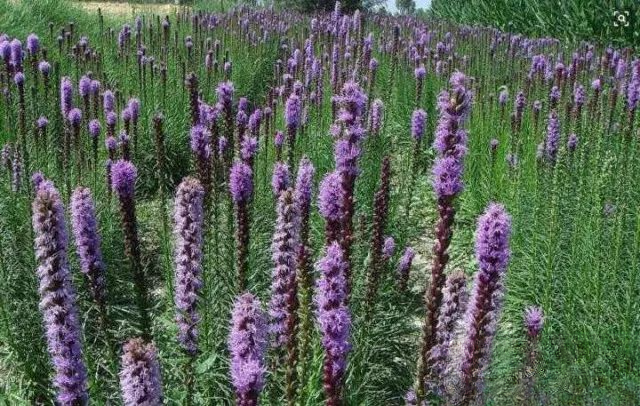
There are so many autumn varieties for flower lovers to choose from!